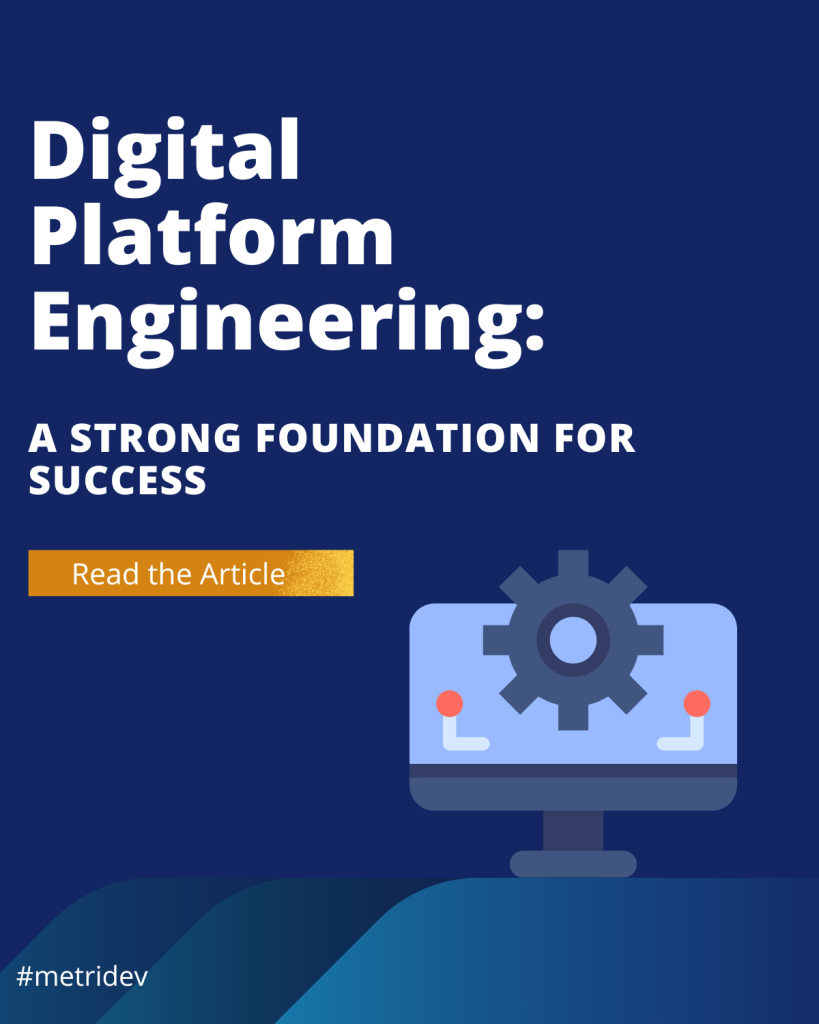Introduction
In today’s fast-paced digital landscape, where customer expectations are constantly evolving, the ability to efficiently resolve issues has become a critical component of business success. One metric that has emerged as a crucial indicator of this efficiency is the Mean Time to Resolve (MTTR). This article will delve into the significance of MTTR, its calculation, and strategies for leveraging it to enhance the overall issue resolution process.
What is Mean Time to Resolve (MTTR)?
Mean Time to Resolve (MTTR) is a performance metric that measures the average time it takes to fully resolve an issue or incident. Consequently, it is a crucial indicator of an organization’s responsiveness and effectiveness in addressing customer concerns, technical problems, or any other types of issues that may arise. Moreover, MTTR provides valuable insights into the efficiency of the issue resolution process. Thus, it helps organizations identify areas for improvement and optimize their support operations.
Why MTTR is a Crucial Metric for Issue Resolution
MTTR is a crucial metric for several reasons:
- Customer Satisfaction: Efficient issue resolution is a key driver of customer satisfaction. A low MTTR demonstrates the organization’s ability to address customer concerns promptly, which can lead to increased customer loyalty and advocacy.
- Operational Efficiency: MTTR is a direct reflection of the organization’s ability to identify, diagnose, and resolve issues in a timely manner. By monitoring and improving MTTR, organizations can enhance their overall operational efficiency and reduce the impact of downtime or disruptions.
- Cost Optimization: Prolonged issue resolution can result in increased support costs, lost productivity, and potential revenue losses. By focusing on reducing MTTR, organizations can optimize their resources and minimize the financial impact of unresolved issues.
- Proactive Problem-Solving: A low MTTR enables organizations to identify and address recurring issues more effectively. It allows them to implement proactive measures to prevent future problems and enhance the overall quality of their products or services.
What is a Good MTTR?
The definition of a “good” MTTR can vary depending on the industry, the complexity of the issues being resolved, and the organization’s specific goals and benchmarks. However, as a general guideline, a lower MTTR is typically considered better. It indicates a more efficient issue resolution process.
Many industry experts recommend an MTTR of less than 4 hours for critical incidents or high-priority issues. And less than 1 day for lower-priority issues. However, it’s important to note that the “ideal” MTTR can differ based on the organization’s unique requirements and the nature of the problems they encounter.
Calculating MTTR: The Formula and Interpretation
To calculate the Mean Time to Resolve, the formula is as follows:
Copy codeMTTR = Total Time to Resolve Issues / Total Number of Issues Resolved
Here’s how to interpret the MTTR calculation:
- Total Time to Resolve Issues: This represents the cumulative time it takes to fully resolve all the issues that have been addressed during the measurement period.
- Total Number of Issues Resolved: This refers to the total number of issues that have been successfully resolved within the same measurement period.
By dividing the total time to resolve issues by the total number of issues resolved, organizations can determine the average time it takes to resolve a single issue. This metric can then be used to identify areas for improvement, set performance goals, and track the effectiveness of the issue resolution process over time.

The Impact of MTTR on Customer Satisfaction
MTTR has a direct impact on customer satisfaction. It directly reflects the organization’s ability to address customer concerns and resolve issues in a timely manner. A low MTTR demonstrates the organization’s commitment to providing efficient and responsive support. This can lead to increased customer loyalty, positive word-of-mouth, and a stronger overall brand reputation.
Conversely, a high MTTR can result in frustrated customers, increased churn, and potential damage to the organization’s reputation. By prioritizing the reduction of MTTR, organizations can enhance the customer experience and strengthen their competitive advantage in the market.
Strategies for Reducing MTTR
To effectively reduce MTTR and improve the issue resolution process, organizations can implement the following strategies, supported by appropriate transitions:
Firstly, streamline the Incident Management Process. This involves analyzing the current incident management workflow and identifying opportunities to streamline the process. For instance, automating certain tasks, improving communication channels, and empowering front-line support teams to resolve issues more efficiently are vital steps. Secondly, organizations should enhance Root Cause Analysis. Implementing a robust root cause analysis (RCA) process enables quick identification of underlying causes of issues. Consequently, targeted solutions to prevent their recurrence can be developed swiftly. Thirdly, leveraging Knowledge Management is essential. Establishing a comprehensive knowledge management system allows support teams to access relevant information and best practices. This empowers them to resolve issues more quickly and effectively.
Furthermore, investing in Training and Upskilling is crucial. Providing continuous training and development opportunities enhances the technical skills, problem-solving abilities, and customer service expertise of support teams. Additionally, organizations should implement Proactive Monitoring. Deploying proactive monitoring tools and processes helps detect and address issues before they impact customers. Thereby reducing the overall time required to resolve problems. Lastly, fostering a Culture of Continuous Improvement is key. Encouraging a culture where teams are empowered to identify and implement process enhancements, share best practices, and collaborate to drive down MTTR is fundamental.
Tools and Technologies for Tracking and Improving MTTR
Numerous tools and technologies are available to help organizations track and improve their MTTR, including:
- Incident Management Software: These tools provide a centralized platform for logging, tracking, and resolving incidents. They help teams to monitor MTTR and other key performance metrics.
- Automated Alerting and Notification Systems: These systems can quickly detect and alert teams to issues. Moreover, they help to reduce the time required to identify and respond to problems.
- Knowledge Management Platforms: Knowledge management tools help support teams access and share relevant information. These enable them to resolve issues more efficiently.
- Predictive Analytics and Machine Learning: Advanced analytics and machine learning algorithms can help organizations proactively identify and address recurring issues, ultimately reducing MTTR.
- Collaboration and Communication Tools: Effective communication and collaboration among support teams, developers, and other stakeholders. This can streamline the issue resolution process and improve MTTR.
What is the Difference Between Time to Repair and Time to Resolve?
While the terms “time to repair” and “time to resolve” are often used interchangeably, they have distinct meanings. Time to Repair (TTR) refers to the time it takes to fix or repair the underlying technical issue or problem. This includes tasks like restoring a system, fixing a software bug, or replacing a faulty component. However, Time to Resolve (MTTR) encompasses the entire issue resolution process. This includes the time to repair the technical issue, along with any additional steps needed to fully address the customer’s concern. These steps may involve communication, documentation, and follow-up. In other words, while time to repair focuses solely on the technical aspect of the problem, time to resolve (or MTTR) considers the holistic process of resolving the issue from the customer’s perspective.
What is the Difference Between MTTA and MTTD?
MTTA (Mean Time to Acknowledge) and MTTD (Mean Time to Detect) are two additional metrics that are often used in conjunction with MTTR to provide a more comprehensive view of the issue resolution process.
Mean Time to Acknowledge (MTTA): measures the average time it takes for an organization to acknowledge the existence of an issue or incident. From the time it was first reported or detected.
Mean Time to Detect (MTTD): measures the average time it takes for an organization to detect the existence of an issue or incident. From the time it actually occurred.
The key differences between MTTR, MTTA, and MTTD are:
- MTTR focuses on the time it takes to fully resolve the issue.
- MTTA focuses on the time it takes to acknowledge the issue.
- MTTD focuses on the time it takes to detect the issue.
By tracking and analyzing all three metrics, organizations can gain a more holistic understanding of their issue resolution process and identify areas for improvement across the entire incident management lifecycle.
How to Set Realistic MTTR Goals
Setting realistic MTTR goals is crucial for driving continuous improvement and ensuring that the issue resolution process remains aligned with the organization’s overall objectives. When establishing MTTR goals, consider the following factors:
- Industry Benchmarks: Research industry standards and best practices to understand the typical MTTR ranges for your specific sector or domain.
- Historical Performance: Analyze your organization’s historical MTTR data to identify trends, patterns, and areas for improvement.
- Complexity of Issues: Consider the varying levels of complexity and priority associated with different types of issues. Set MTTR goals accordingly to that.
- Resource Availability: Ensure that your MTTR goals are achievable based on the available resources, such as staffing, tools, and budget.
- Continuous Improvement: Set stretch goals that challenge your organization to continuously improve its MTTR. Also ensure that the targets remain realistic and attainable.
- Alignment with Business Objectives: Ensure that your MTTR goals are aligned with the organization’s broader strategic goals and customer satisfaction objectives.
By setting realistic and data-driven MTTR goals, organizations can effectively track their progress, identify areas for improvement, and drive continuous optimization of the issue resolution process.
Common Challenges and How to Overcome Them
While improving MTTR can bring significant benefits, organizations may face several challenges along the way. Common challenges and strategies to overcome them include siloed information and lack of collaboration. Encouraging cross-functional collaboration and knowledge sharing breaks down information silos, enabling more efficient issue resolution. Inadequate incident management processes need review and optimization. Ensuring streamlined, well-documented processes understood by all relevant teams is essential. Limited visibility and reporting can hinder progress. Investing in robust incident management tools and dashboards provides greater visibility into MTTR and other key performance metrics.
Resistance to change is a common obstacle. Fostering a culture of continuous improvement empowers teams to identify and implement process enhancements, addressing any resistance to change. Insufficient training and skill development can impede progress. Implementing comprehensive training programs upskills support teams, equipping them with necessary knowledge and problem-solving abilities. Lack of proactive monitoring and predictive analytics is another challenge. Leveraging advanced technologies, such as predictive analytics and machine learning, proactively identifies and addresses issues before they impact customers. By addressing these challenges and implementing the strategies outlined in this article, orga
Conclusion
Mean Time to Resolve (MTTR) is a crucial metric that provides valuable insights into an organization’s ability to efficiently resolve issues and enhance the overall customer experience. By understanding the significance of MTTR, implementing effective strategies, and leveraging the right tools and technologies, organizations can optimize their issue resolution processes, improve customer satisfaction, and drive long-term business success.
To learn more about how you can leverage MTTR to improve your organization’s issue resolution capabilities, read our article DevOps Key Performance Indicators: Measure Success.








Leave a Reply